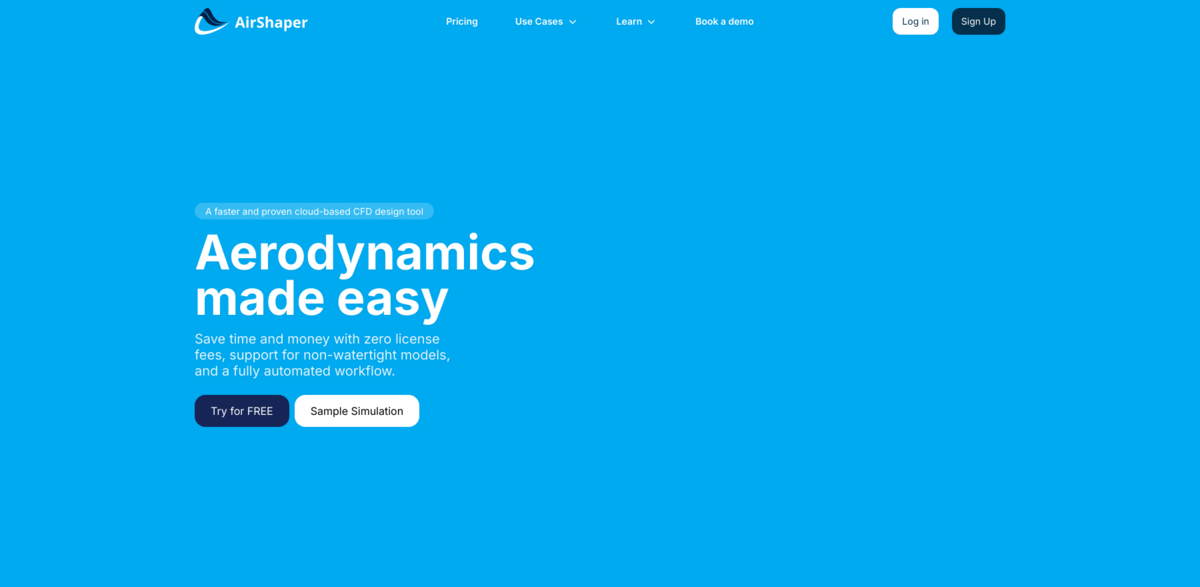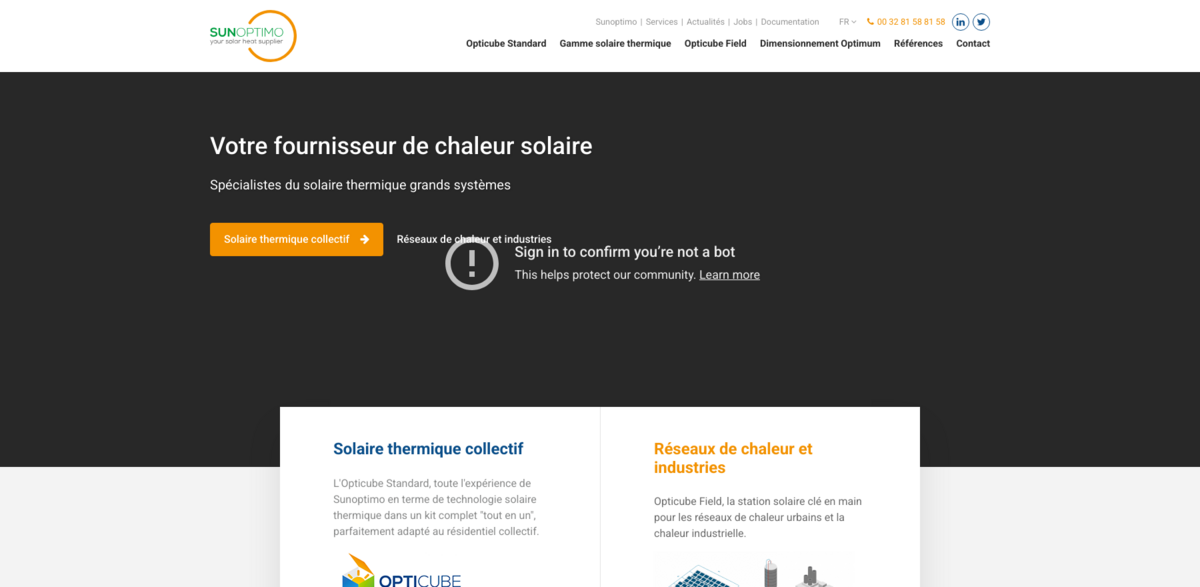A way to store renewable energy that works like a big water battery and makes the energy transition possible.
Pumped hydro storage plants store energy by connecting two reservoirs, one of which is higher up than the other. When there is more energy than needed, water is pumped to the upper reservoir. When there is more energy than needed, water from the upper reservoir is let out, and as it flows through reversible turbines on its way to the lower reservoir, electricity is made. Hydropower can be a key part of the energy transition because it helps keep the grid in balance and provides system services that make it easier for variable renewables to be added to the grid. Pumped hydro storage is the best way to store energy on a large scale because more storage and grid support services are needed. It offers all services, such as reactive power support, frequency control, synchronous or virtual inertia, and the ability to start from a black state. It does the work that fossil-fueled power plants used to do, but it does it faster, in a more sustainable way, and without releasing CO2.
Positive facts about Pumped Hydro Storage (PHS)
Capabilities from milliseconds reactivity to weeks of storage capacity: Can provide flexibility at all timescales, in both directions (producing or absorbing extra energy)
Pumped Hydro Storage capacity is 100 times higher than that of any available battery solution
With total installed storage capacity of 9000 GWh delivering short-medium-and long-term storage, PHS accounts for over 90% of storage capacity and stored energy in grid scale applications globally
By reducing reliance on fossil fuels, hydropower avoids up to four billion tons of additional Greenhouse Gas emissions being emitted annually
Hydropower has very low mineral requirements compared to other sources (accounting for only 2% of copper needs by 2040 – IEA) and does not use Rare Earth Elements (REEs)
The most cost-effective large scale long duration energy storage solution
Highest energy payback (energy produced/stored over lifetime versus energy required for construction): 8 to 30 times more than any other storage solution
With low operational costs (~ 1.5% of the investment cost per kW) because they do not require fuel, existing reservoir hydropower plants are the least costly source of energy storage in many markets
Video about Pumped Hydro Storage (PHS)
https://www.youtube.com/embed/CDlvjkfpX_o
Pumped Hydro Storage (PHS) website : https://ge.com/renewableenergy/hydro-power/hydro-pumped-storage




















